Why Is Buoyancy Important For The Best Lure Presentation?
- By: Tony Acevedo
- on
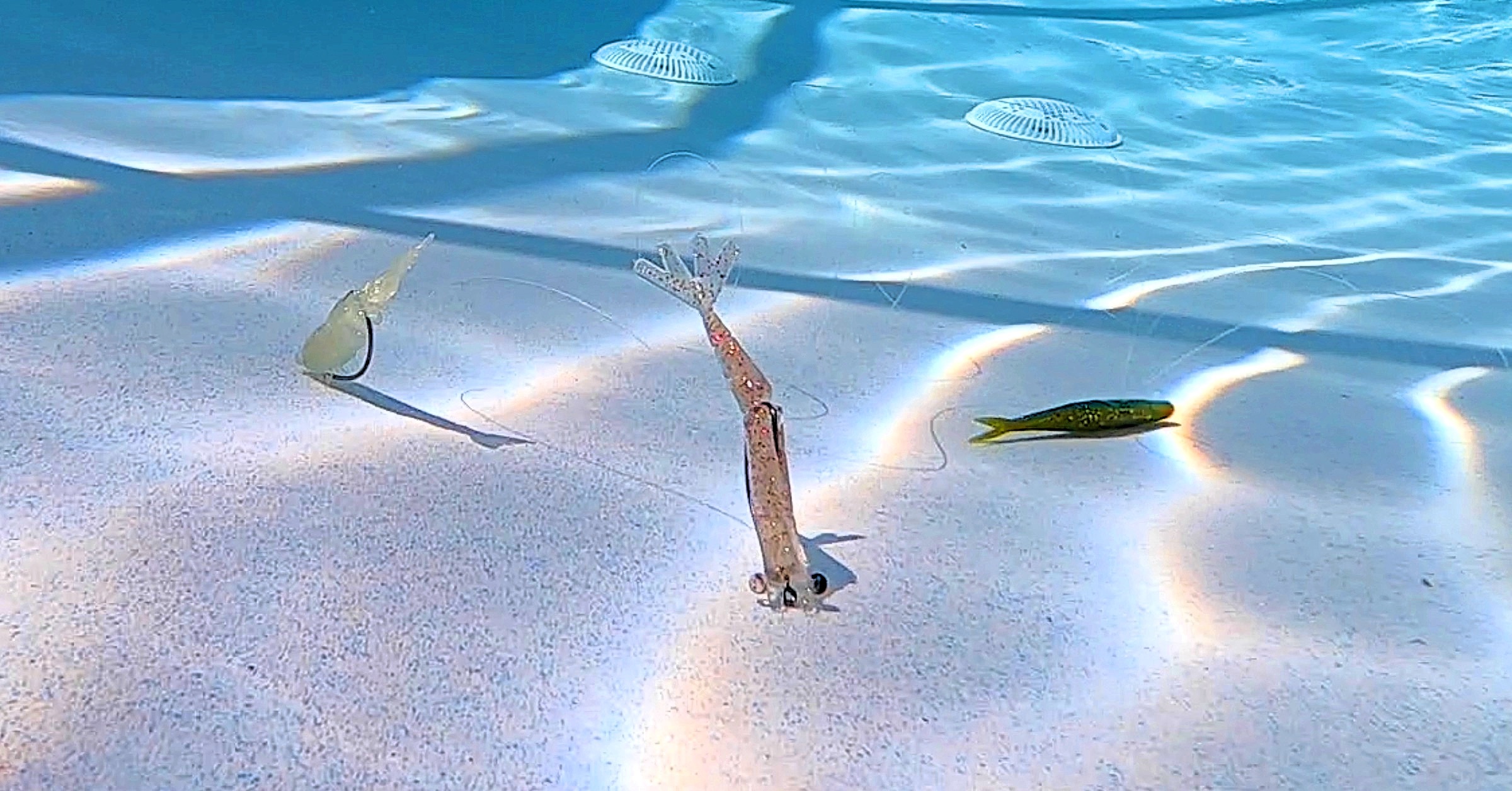
The density of soft plastics and other lures plays a huge role in the overall presentation.
Density affects the buoyancy of lures and how they behave in the water.
On top of that, the density of your soft plastic lure determines the proper weight on a jighead or hook that should be added to achieve the ideal presentation.
Check out the underwater footage!!
Importance Of Buoyancy Lure Presentation [VIDEO]

Here are the 3 lures that are tested:
Alabama Leprechaun
The Alabama Leprechaun is a 5-inch jerk shad that is made out of a material called plastisol.
Plastisol is a very dense material.
This will cause the Alabama Leprechaun to have a faster descent to the bottom than many other lures.
Also, when the lure reaches the bottom it rests on its side in a “dead” position (not really providing any action on its own).
Power Prawn Shrimp
The Power Prawn Shrimp is made out of a different material called thermoplastic elastomer (TPE).
TPE is less dense than plastisol and provides a little more buoyancy.
The Power Prawn is slightly thicker which causes it to be a bit denser and descent just a bit quicker than the Z-Man EZ ShrimpZ.
After casting into the water, the Power Prawn begins a gradual, slow descent to the bottom where it rests head first and tail up.
Z-Man EZ ShrimpZ
The Z-Man EZ ShrimpZ lures have the same color as the Slam Shady and are also skinnier in profile when compared to the Power Prawn.
Alike to the Power Prawn, the Z-Man EZ ShrimpZ is also made out of TPE material.
The Z-Man EZ ShrimpZ did not break the surface tension of the water on the first cast.
It had to be hurled into the water a second time to get it to descend to the bottom.
When this happens, you need to adjust the weight of the hook you’re using in order to get your lure into the strike zone!
The EZ ShrimpZ lure makes a very slow descent to the bottom and its head sits on the bottom with its tail pointing in an almost upright position.
Conclusion
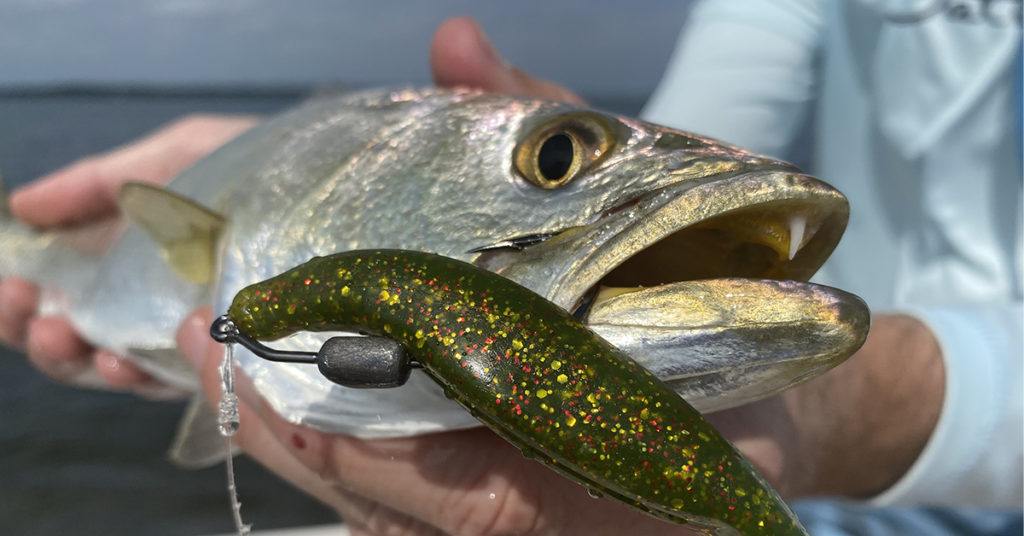
If you’re fishing a grassy bottom or there is cover for fish, the jerk shad is best so it can bounce up and down in and out of the grass.
If the bottom is clear and sandy, either of the two shrimp lures are your best bet due to their slow descent and buoyancy of the tails to lean up and be exposed.
With the less dense lures, you are also going to have to change the weights of the hooks and jigheads you choose in order to achieve the desired presentation at ideal water depths.
Overall, a slower presentation is best for buoyant lures with less weight because they will remain in the strike zone longer.
When the shrimp is at the bottom and its tail is sticking up, a fish may see that and want to go check it out.
The more dense a lure is, the more it’s suited for a darting, erratic retrieve with a fast sink rate to attract a fish’s attention and provoke a strike.
How do you change up your hooks and jig heads to coincide with the buoyancy of your lures?
Let me know in the comments below!
And if you know someone who loves using artificial lures, please TAG or SHARE this with them!
P.S. Want access to our best fishing spots and tips, plus discounts to our online tackle store? Click here to join us in the Insider Club!
Related Articles:
Related categories:
STOP WASTING TIME ON THE WATER!
Do what the “SMART ANGLERS” are doing and join the Insider Club.
Here’s what you’ll receive today when you join:
- Weekly fishing reports and TRENDS revealing exactly where you should fish every trip
- Weekly “spot dissection” videos that walk you through all the best spots in your area
- Exclusive fishing tips from the PROS you can’t find anywhere else
- Everything you need to start catching fish more consistently (regardless if you fish out of a boat, kayak, or land).
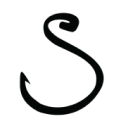
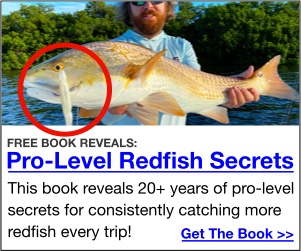


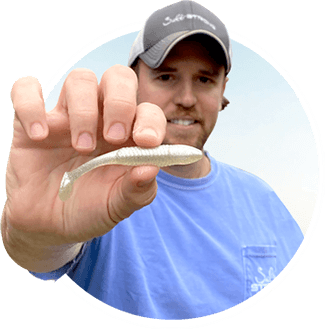
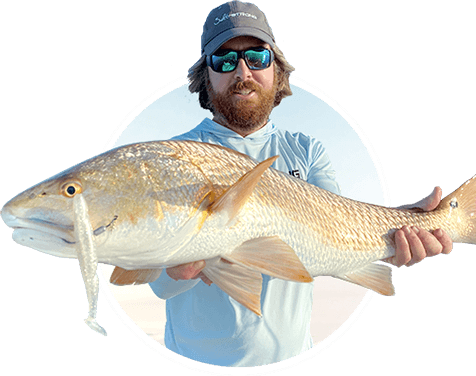
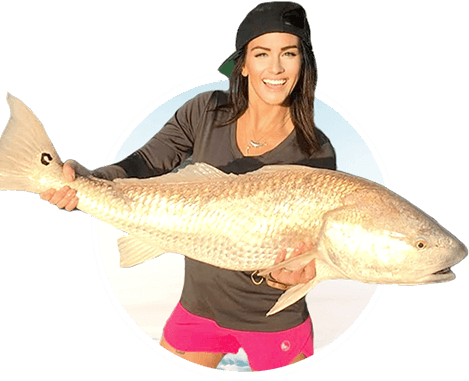
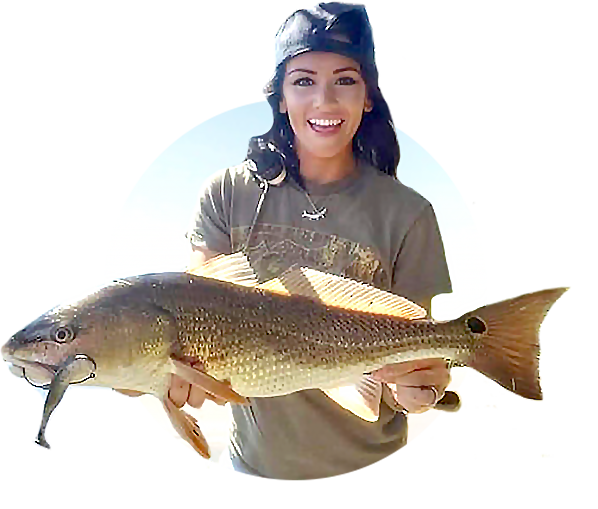
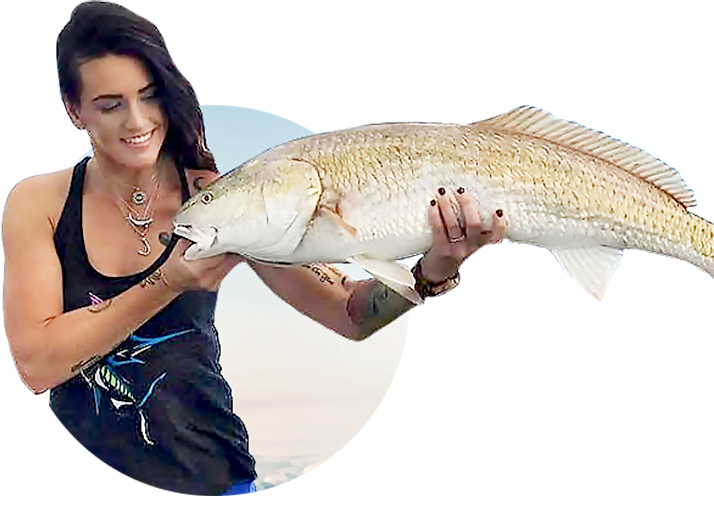
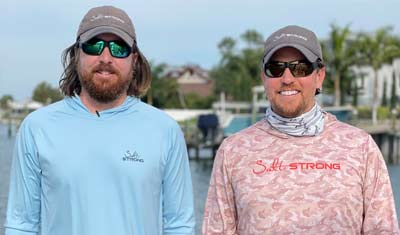
Great video Tony, I’m really impressed with how the Power Prawn Jr is head down, tail up and appears to me to be more realistic looking than the EZ Shrimp when resting on the bottom. The PP is working for you even when you’re “dead sticking “ it.
Thank you for the great feedback Danny!
Definitely a plus how they are able to pretty much stand on their head.
Just a thought, would the type of pool water you are using affect the buoyancy? Salt Water Vs Straight Chlorine.
Yes, when compared to a pool with a salt cell or chloronator, saltier and denser ocean water will make the lures slightly more buoyant, and therefore, sink more slowly. I’m not sure if the different sink rates in shallow (e.g., 1 to 4 ft) pool or ocean water would be noticeable though.
Tony controlled for the sink rate difference by using the same weight for all three lures (just a hook).
The different sink rate between the three lures is the key takeaway.
Thanks again, Tony!
You’re welcome Adam! Thank you for the great feedback!
Thanks for your explanation. Great input.
Hey Otto!
This is a saltwater pool. Salinity will definitely affect the buoyancy which is why I used an unweighted hook in this demonstration since the salinity level in the pool would be lower than most inshore waters.
Guys, love your lures, slam shady has really made a BIG difference in my tackle box. It took me a bit to learn a good tactic of how to use it but my friends are trying to take all of mine. So I told them where to go to get theirs. Also would like to say your info videos are VERY HELPFUL. Thanks again, Steve
Thank you for the awesome feedback and kind words Steven!
Tony, great presentation. Could you expand on on this by showing the reaction of the Alabama leprechaun with a jig and how it would sit at the bottom. I mostly use the mission lure jigs. Since this is a heavier lure perhaps we need to use a lighter jig head. I just want to know how it would behave.
Hey Jose!
Thank you for the great feedback! I can definitely add this to the list to film showing different jig heads and how they present a lure.
Nice video and demo Tony !!!
Thanks Pablo!
Hi Tony, good illustration. You mentioned that all 3 lures were rigged on the same type of hook, but you never mentioned which hook it was you used.
Is this a trick question? I’m a guest, not a member, and even I know the answer to this! From what I’ve seen, they exclusively use Owner (beast/twist lock) belly weighted hooks for weedless, and Zman trout eye/red eye jig heads for everything else, 99% of the time. It’s literally the only two hooks they use for artificial lures, in the thousands of videos they’ve made. As far as weight… that would depend on the water depth.
Agree, looked like a different hook set up?
Hey Guy! I used a plain unweighted worm hook in this video just to demonstrate.
Hey George!
The hook used is just a standard 3/0 unweighted wide gap worm hook. I’m not sure of the brand as I grabbed them out of my freshwater box. Just used to demonstrate with no weight to make it consistent with each lure shown.
Very interesting. I always learn something new when you put together a video……
Thank you for the great feedback Steven!
Tony, this is the type of info that really helps us old timers when so many different soft baits were not available. Seeing how they drop and sit on the bottom is amazing. I also note you folks do not seem to carry a ton of different colors, basically light and dark making me wonder if I really need to over load the boat with 10 colors of each lure. Obviously Slam Shady and Leprechaun are your favorites. Since we lost the grass on theIRL it seems for some reason mud coves seem to hold reds and the shrimp baits sitting upright seem perfect for that type bottom.
I have a question regarding boat storage and would like your opinions, do I contact you through Community or is there a way to contact you directly. Thanks for all of your insight and help.
Thank you for the great feedback Kenneth!
I would ask your question in the community that way we can all respond to it and also you can get plenty of helpful info from many other members as well!